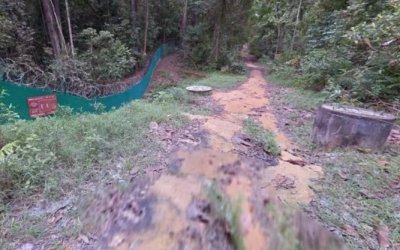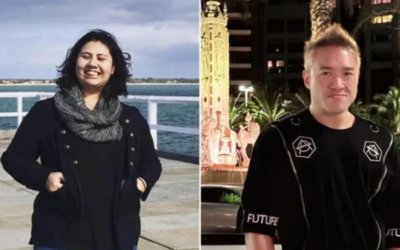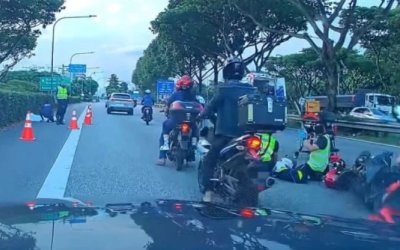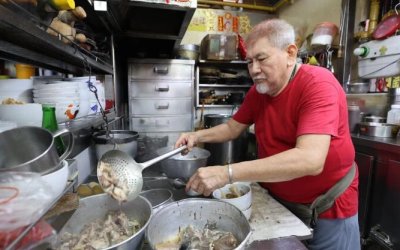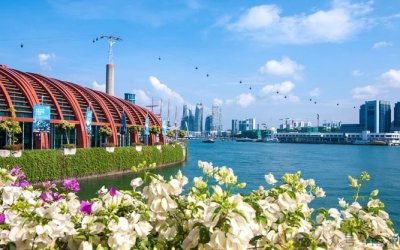Consider San Francisco. In 2014, it passed laws to reduce the offence of drug possession from a serious offence to a misdemeanour which is to be dealt with administratively. And you know what police would do then? They de-prioritised, decided that they will not deal strictly with open-drug use and small-scale possession. A decade later, anyone visiting the city now will see people living in slum-like conditions along major streets, looking for their next fix. Last year, San Francisco's death rate from drug overdoses reached a record high. It was more than double the US national average.
Some places, which chose to legalise drugs, have realised that the results were not as promised and have reversed their policies.
In 2020, the US State of Oregon decriminalised use and possession of small amounts of most drugs, including cocaine, meth and heroin. Fifty-eight percent of voters in Oregon supported it. They thought this was the solution. Police can then focus on other work and abusers would feel less stigmatised and abusers will seek treatment.
But people in Oregon soon saw the results of this policy. From 2019 to 2022, the number of drug overdose deaths more than doubled from about 600 to about 1,300. People felt unsafe on the streets, businesses started leaving and the situation got very bad. By August 2023, last year, a majority of people in Oregon wanted to repeal the measure and in 2024 this year, they reversed course. They re-criminalised possession of drugs for even small amounts.
Let me give another example. Last year, the Canadian province of British Columbia decriminalised drugs to try and reduce its overdose rates. Instead, the number of drug overdose deaths increased by more than 5% from the year before. There was also public backlash against the open drug use.
Earlier this year, the provincial government tried to restrict the public places where people could consume drugs. But the Supreme Court blocked the measure, saying it could, and I quote, "cause irreparable harm" to drug users. The Court said that users were at risk of overdosing alone, since they would have fewer public places to consume drugs and where people would be present.
Brad West, a mayor from a British Columbian city, said that the courts were out of touch with the public and blocking the measure, and I quote, "ignored the harm that occurs to others by allowing rampant public use".
Last month, the BBC reported that the authorities in British Columbia were working urgently to re-criminalise the use of hard drugs in public places. My view to Members – when they experiment with laws like this, they are actually experimenting with the lives of people, including the lives of innocent young children.
The policies and u-turns have a long-term impact on the next generation and the impact cannot be easily reversed. Parents and guardians, if they become drug addicts, homeless and unemployed – it is the children who would suffer this proportionately.
Let us look at a sobering personal account of a child who grew up in America with a mother who was a cocaine abuser: "From the ages of seven to 12, we were pretty much on our own. Sometimes, we would be left alone for days at a time. We would not have lights, water or heat. At night, we would huddle around the stove for warmth. It got so bad that we started hiding our mother's keys just to keep her from going to the crack house."
In 2021, Gallup reported that about 32% of Americans say that drug use has been a cause of trouble in their family, one-third of all Americans. That is almost double the proportion since 1999, when it was 17%.
Children and the next generation are the real victims. A study estimated that in 2017, about 2.2 million children and adolescents in the US had a parent with an opioid use disorder or were affected by opioids themselves. The study projected that by 2030, this number would go up to 4.3 million – nearly double.
These children often do not have a proper home to grow up in, no role models to look up to and no stability to anchor their development. Without basic support, they have poorer educational outcomes, increased likelihood of developing substance use disorders and early emergence of chronic diseases.
The cycle will keep repeating itself. Really, one has got to ask: who speaks for the human rights of these millions of children?
Closer to home, in Southeast Asia, the Golden Triangle, where the borders of Myanmar, Thailand and Laos meet, is a major drug producing region. The UNODC reported in 2022 that East and Southeast Asia are "literally swimming" in meth. In 2022 alone, 151 tonnes of meth were seized in the region.
At the Committee of Supply, I spoke about the situation in Thailand. When cannabis was legalised, it was available immediately almost anywhere you looked – restaurants, convenience stores and even near schools.
Within six months of legalisation, the number of addicts went up four times. There were young teens and children who consumed cannabis-infused cookies, candies and sweets – they thought these were ordinary snacks – but ended up having to be hospitalised. The Thai government recently has announced plans to reimpose a ban on recreational cannabis use by the end of this year. One can see why but it is no longer going to be easy to do because if part of it is legal and part of it is not legal, then, enforcement is never going to be easy.
In any event, businesses which have invested in the industry will likely push back strongly and those who are now addicted to the drug both will find it very difficult to kick off the habit and will need to be supported by the healthcare system. The consequences, in many cases, can be irreversible. The impact will be very long-lasting.
If you look at Malaysia, cannabis seizures jumped from 3,700 kilogrammes in 2021 to 6,200 kilogrammes in 2022, just one worrying statistic – and there are many others.
Alex丨編輯
Alex丨編審
新加坡國會丨來源




